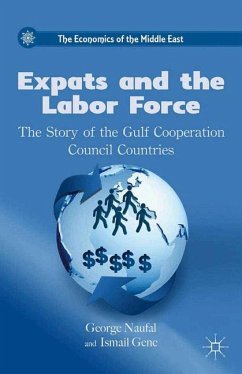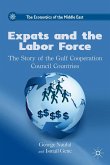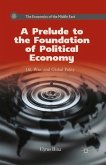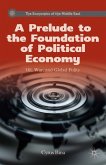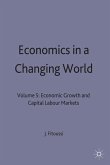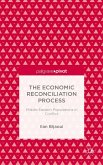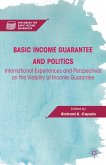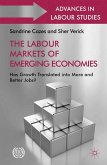An investigation into the labor force in the Gulf Cooperation Council (GCC) countries primarily focusing on labor migration and remittances. The GCC countries have the highest share of foreign labor in the world. The authors examine the multidimensional aspects of such a large foreign population.
"Despite the well-known dramatic rise in the per capita incomes, oil exports, and reserves and even in the height of buildings of the six Gulf Cooperation Council members, little is known about how those incomes, output and buildings are produced, especially in terms of the labor force. In Expats and the Labor Force, Naufal and Genc go a long way toward enlightening readers about the importance of the foreign labor force, the changing composition of that labor force, and the reasons behind it. Most importantly, they derive the implications of this dependence on foreign workers for outward remittances and the implications of these for inflation, exchange rate stability, and monetary policy. To their credit, the authors also address certain policy issues that are likely to loom in the years ahead as the ability to recruit low cost workers from abroad declines, and pressures to absorb the growing numbers of increasingly educated nationals entering the labor force continue to rise." - Jeffrey B. Nugent, professor of Economics, University of Southern California
"By offering a detailed background on people and money flows in the GCC countries, Expats and the Labor Force analyzes how the Gulf region became the third most important destination. A unique contribution to migration literature in general and the Middle Eastern region in particular. This book is not only for researchers, but for general readers as well." - S. M. Ghazanfar, emeritus professor of Economics, University of Idaho
"By offering a detailed background on people and money flows in the GCC countries, Expats and the Labor Force analyzes how the Gulf region became the third most important destination. A unique contribution to migration literature in general and the Middle Eastern region in particular. This book is not only for researchers, but for general readers as well." - S. M. Ghazanfar, emeritus professor of Economics, University of Idaho

